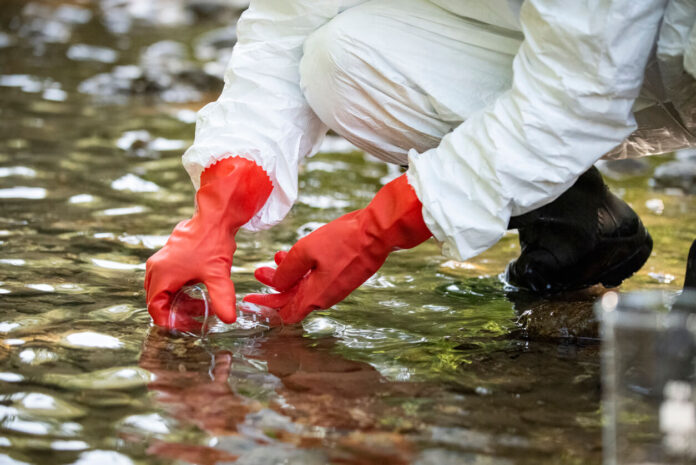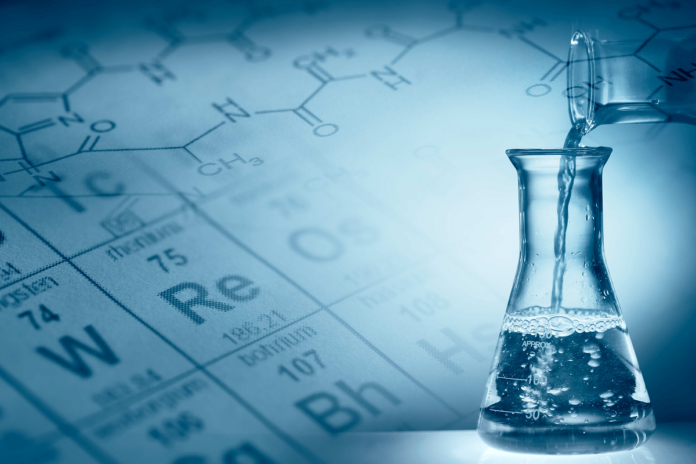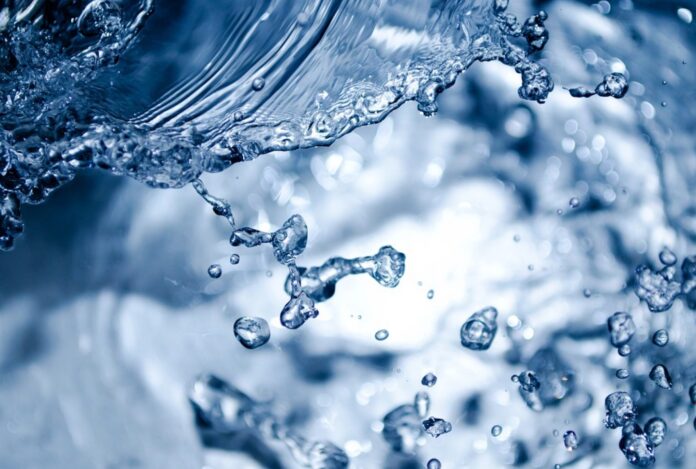For over thirty years, veterans, their families, and civilians who spent time at the military base of Camp Lejeune in North Carolina were exposed to water contamination from the base’s two water treatment plants.
Sadly, the exposure caused many people who were at the camp between 1953 and 1987 to develop a variety of illnesses and conditions, such as kidney failure, Parkinson’s disease, birth defects, miscarriages, and various types of cancer.
Let’s take a look at five things you should know about the Camp Lejeune water contamination scandal.

1. The Tarawa Terrace Water Treatment Plant Contained Harmful Substances Like Perchloroethylene
The Tarawa Terrace water treatment plant was one of the contaminated water supply systems that affected the people at Camp Lejeune from the 1950s to the 1980s. The Tarawa Terrace water treatment plant was found to contain the industrial solvents trichloroethylene and perchloroethylene; both of which came from a nearby off-base dry cleaner. Like all dry-cleaning companies, trichloroethylene and perchloroethylene are substances that are regularly used for the process of dry cleaning.
Perchloroethylene was the primary contaminant found in the Tarawa Terrace wells.
Long-term exposure to perchloroethylene can cause health problems that are associated with the respiratory tract, the kidneys, and coordination. Long-term exposure to the substance can also increase the risk of developing numerous forms of cancer.
2. The Hadnot Point Water Supply Contained Harmful Substances Like Trichloroethylene
The other source of the Camp Lejeune water contamination was the Hadnot Point water supply, which was found to contain multiple types of harmful contaminants from various sources, including spills from industrial sites and leaks from underground storage tanks.
The main contaminant found in the Hadnot Point water supply was trichloroethylene, which was also found in the Tarawa Terrace water treatment plant. Long-term exposure to trichloroethylene can increase the risk of getting multiple types of cancer, especially kidney cancer.
Perchloroethylene, benzene, and vinyl chloride were other contaminants found in the Hadnot Point water supply. When benzene is ingested, it can cause cells in the body to not function correctly. Long-term exposure to benzene can significantly increase the risk of leukemia.
And exposure to vinyl chloride can increase the risk of numerous cancers, including brain cancer, liver cancer, lung cancer, and leukemia.
Regardless of whether you were at Camp Lejeune, if you suspect you have a form of cancer, you should see a doctor immediately. Tests, such as MRI scans, can then be performed to determine your condition.

3. Compensation is Available Through the PACT Act (Camp Lejeune Justice Act)
As part of the Honoring Our PACT Act 2024, the Camp Lejeune Justice Act was recently approved, on August 2, 2024.
That means veterans, their families, and civilians who lived or worked at the Camp Lejeune military base for thirty or more days between 1953 and 1987 and developed specific health conditions are now able to pursue compensation.
Affected people can claim financial compensation for things like medical expenses, lost wages, and pain and suffering.
Also, people whose loved ones died as a result of an illness linked to the toxins in the water supplies can also potentially file a lawsuit to claim compensation. In this post, you can read more about Camp Lejeune lawsuits and find out how to pursue compensation.
4. To Claim Compensation, You’ll Need to Have Developed a Qualifying Illness
People can qualify for the compensation available through the PACT Act if they developed health conditions like adult leukemia, aplastic anemia, bladder cancer, esophageal cancer, breast cancer, kidney cancer, lung cancer, liver cancer, multiple myeloma, non-Hodgkin’s lymphoma, and Parkinson’s disease, after being exposed to the water at Camp Lejeune during the period of contamination.
But by establishing clear evidence, they may be able to gain compensation for other health conditions that developed as a result of the water contamination.

5. Studies Concerning the Cancers That People Developed from the Contamination Are Ongoing
Even with a wealth of information now available about the water contamination at Camp Lejeune, there are still a lot of unanswered questions, including more precise details about the cancers and other chronic health conditions that people developed after being exposed to the harmful chemicals.
The Agency for Toxic Substances and Disease Registry previously carried out studies into male breast cancer, the mortality of civilian employees and marine and naval personnel, and the morbidity of former marines, employees, and dependents, in order to learn more. And its cancer incidence study is ongoing.
The purpose of the cancer incidence study by the ATSDR is to determine whether exposures to the contaminated water at Camp Lejeune are associated with increased risks of specific cancers in both civilian employees and military personnel who were at the base between 1975 and 1985.
Because cancer incidence studies are incredibly complex and involve working with both federal and state cancer registries, the study is expected to take at least five years in total before it is completed and results are available.
Summing Up
Many scientists have called the Camp Lejeune water contamination scandal the worst public drinking-water contamination in the history of the United States.
In fact, the CDC estimates that almost 900,000 veterans, family members and civilians were exposed to the dangerous chemicals that contaminated the water supplies at the military base between the early 1950s and mid-1980s.
Both the Tarawa Terrace water treatment plant and the Hadnot Point water supply contained several contaminants, including perchloroethylene, trichloroethylene, benzene, and vinyl chloride; all of which can cause serious health problems.
Many people who were exposed to those contaminants at the Camp Lejeune military base developed various types of cancer as well as health conditions like Parkinson’s disease and kidney failure. Birth defects and miscarriages were also more common among women who were exposed to the contaminants in the water supply.
At least people who developed illnesses and conditions due to the contaminant exposure can now pursue compensation thanks to the Honoring Our PACT Act’s Camp Lejeune Justice Act.
And hopefully, lessons have now been learned to ensure water contamination on the scale of the Camp Lejeune scandal is never repeated.








